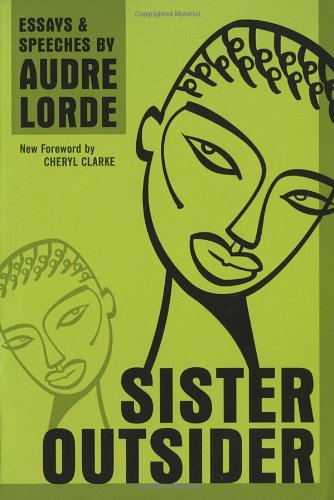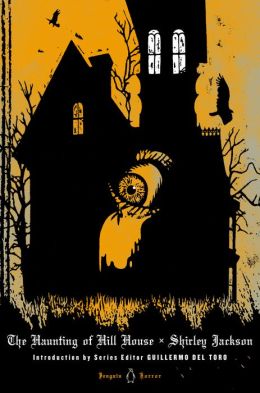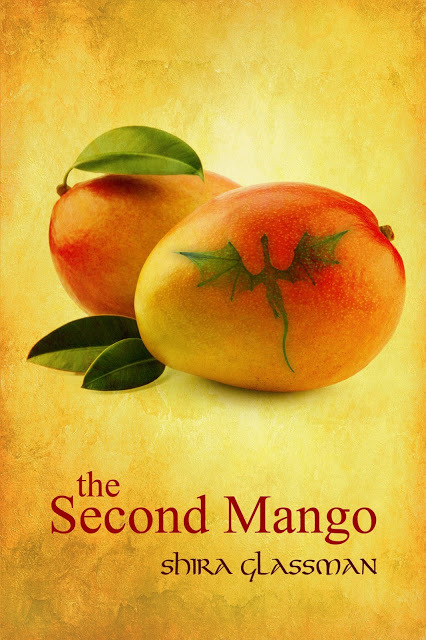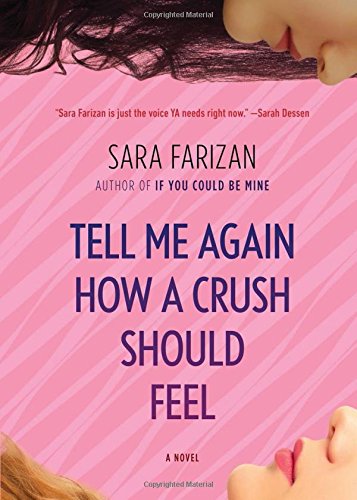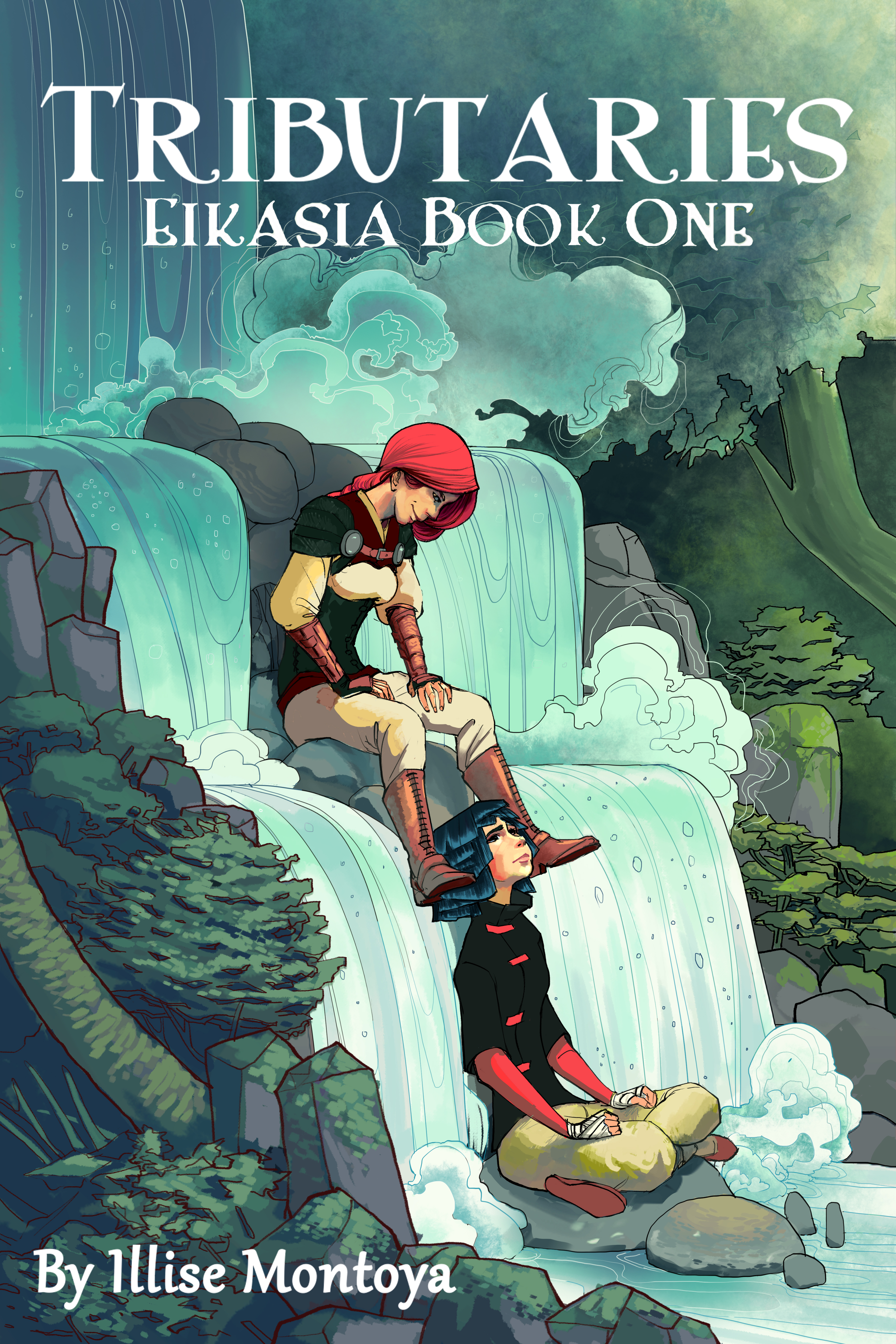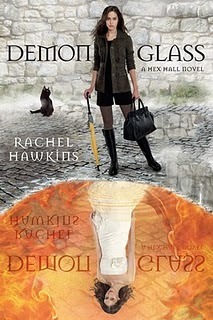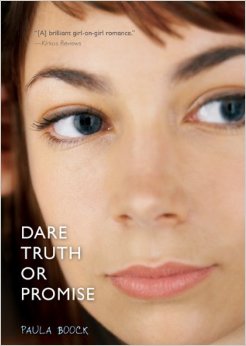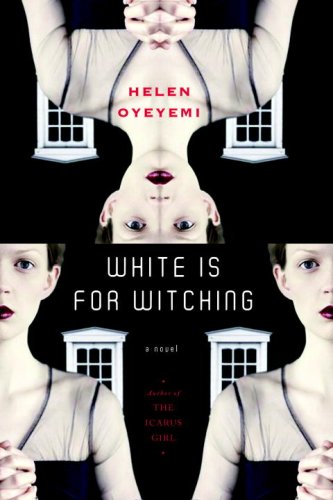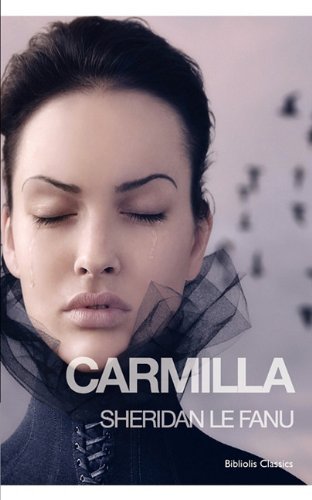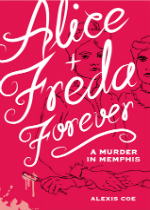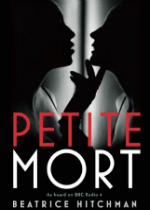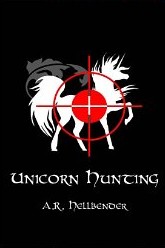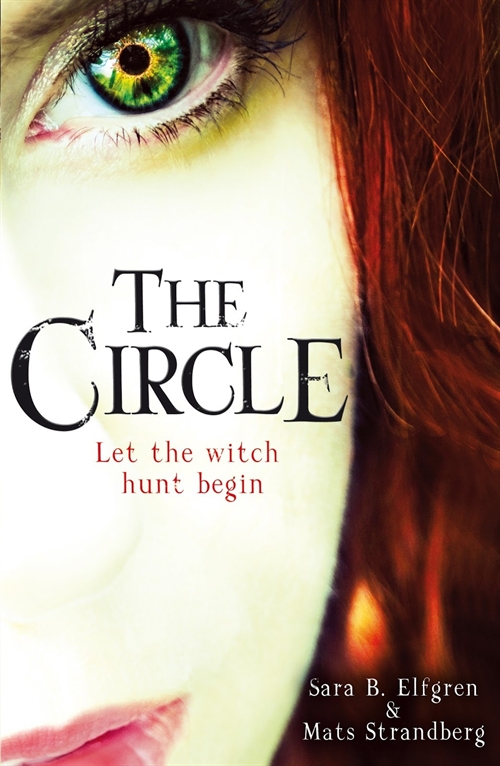Autostraddle posted Drawn to Comics: Lumberjanes’ Penultimate Issue! (Just For the First Storyline) and The Speakeasy Book Club #1: Let’s Talk About “Sister Outsider”.
Casey the Canadian Lesbrarian posted Queer Scare: LBQ Women’s Halloween Reads.
Gay YA posted How About NO?
Queer Romance Month posted Messy Happy Endings by Shira Glassman.
Lambda Literary posted Lesbian Mysteries for Fall.
Illise Montoya posted Queer Lit, New Zines, and More LGBT Market Musing.
Rachel Spangler posted Goodbye Cate.
“Coming Out and Coming of Age: YA LGBTQ Books” was posted at Book Riot.
“LGBT Comic Book Characters Going Mainstream” was posted at Edge Media Network.
“Sara Farizan Is Your New Favorite Queer YA Novelist” was posted at That Lit Site.
“Exploring Lesbian-Themed Comic Extravaganza Girls Love Festival 12” was posted at The Mary Sue.
Barring Complications by Blythe Rippon was reviewed at Lambda Literary.
This post, and all posts at the Lesbrary, have the covers linked to their Amazon pages. If you click through and buy something, I might get a small referral fee. For even more links, check out the Lesbrary’s twitter page! We’re also on Facebook, Goodreads, Youtube and tumblr.

